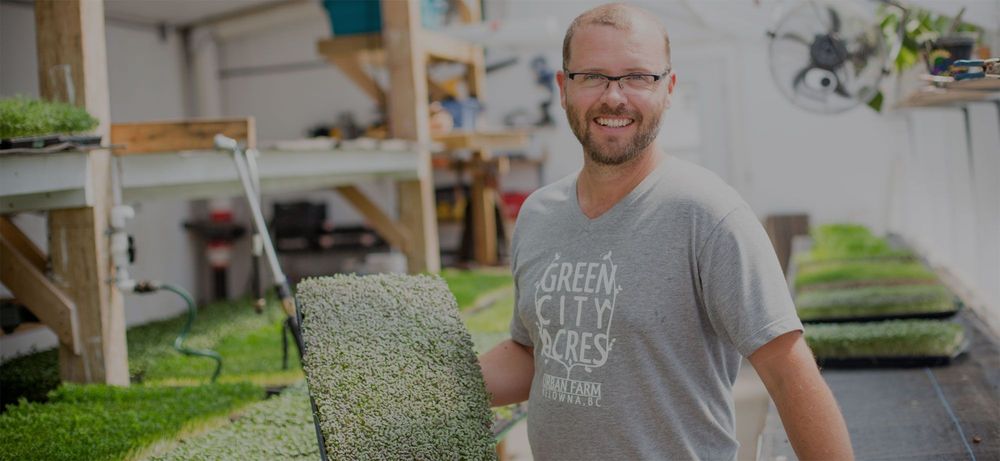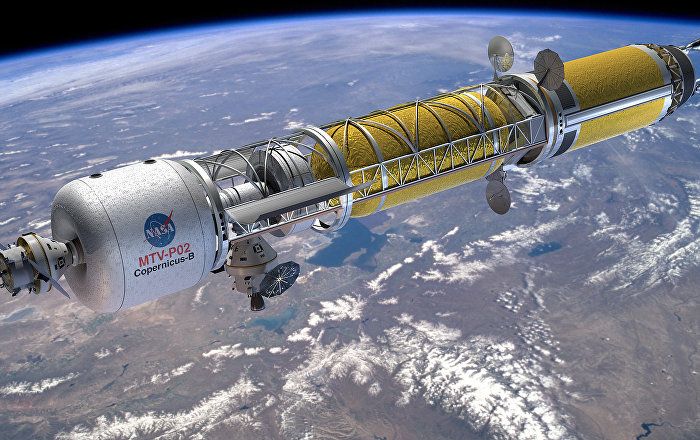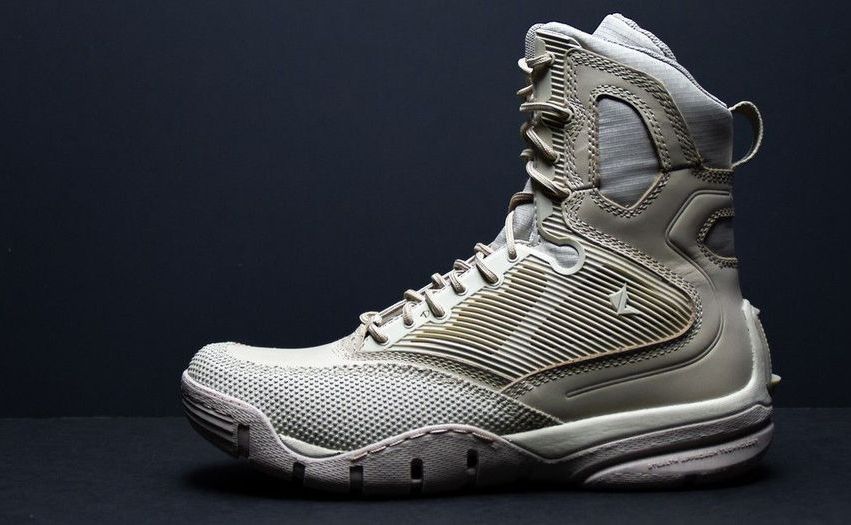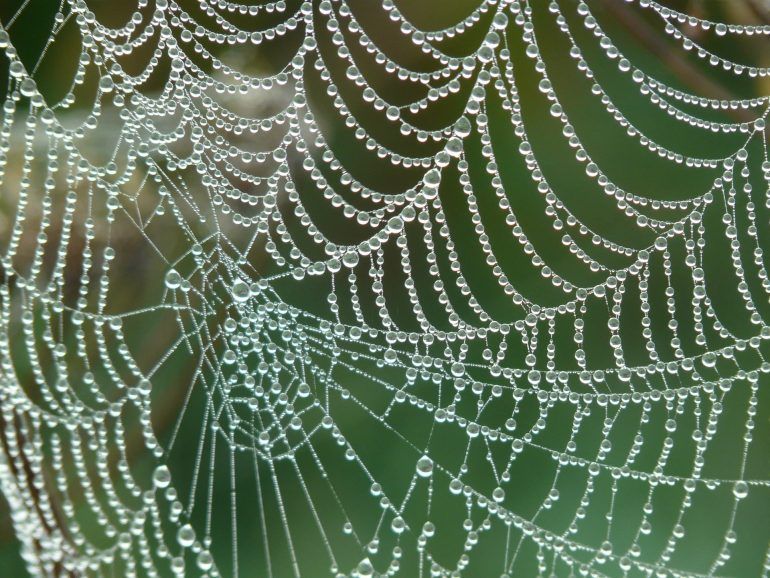Page 9007
Mar 27, 2019
Organisms Survived on the Outside of the Space Station
Posted by Quinn Sena in categories: biological, space
Outer space is a tough environment for living organisms: no atmosphere, no oxygen, no gravity, a ton of radiation, and extreme temperatures.
But the German Aerospace Center just made a bombshell discovery: as part of a project called the Biology and Mars Experiment, they found that samples of organisms including bacteria, algae, lichens and fungi survived on the exterior of the International Space Station for 533 days.
Mar 27, 2019
This 3D Quantum Gas Clock Could Redefine Time
Posted by Quinn Sena in categories: cosmology, particle physics, quantum physics

Time may be a human construct but that hasn’t stopped physicists from perfecting it.
JILA’s 3D Quantum Gas Atomic Clock Offers New Dimensions in Measurement
https://www.nist.gov/news-events/news/2017/10/jilas-3-D-quan…easurement
“JILA physicists have created an entirely new design for an atomic clock, in which strontium atoms are packed into a tiny three-dimensional (3D) cube at 1,000 times the density of previous one-dimensional (1-D) clocks. In doing so, they are the first to harness the ultra-controlled behavior of a so-called “quantum gas” to make a practical measurement device.”
Continue reading “This 3D Quantum Gas Clock Could Redefine Time” »
Mar 27, 2019
The Geometry of Particle Physics: Garrett Lisi at TEDxMaui 2013
Posted by Quinn Sena in categories: particle physics, quantum physics
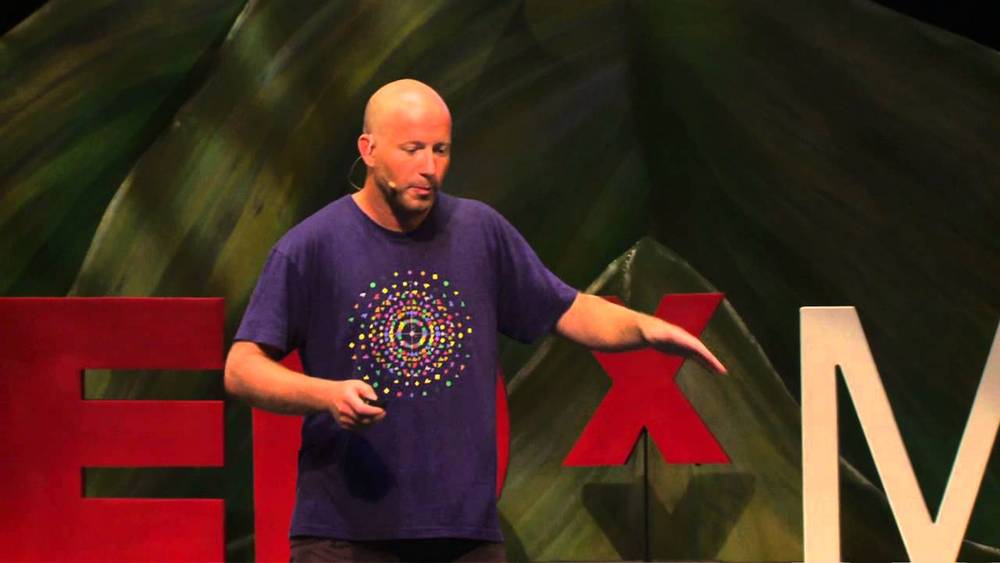
About the Presenter:
After getting his Ph.D. in physics from UC San Diego, Garrett moved to Maui, seeking an optimum balance between surfing and his theoretical research. While pursuing an unanswered question at the heart of Quantum Field Theory, he began to develop what he called “An Exceptionally Simple Theory of Everything,” which proposed a unified field theory combining particle physics and Albert Einstein’s theory of gravitation. His story and work have been featured at TED, in Outside Magazine, The New Yorker, Surfer, and recently in Scientific American.
#FQXiVideoContest2014
Continue reading “The Geometry of Particle Physics: Garrett Lisi at TEDxMaui 2013” »

Berlin is becoming a “Sponge City” designed to tackle two issues — heat and flooding — by imitating nature.
Video by Gloria Kurnik
Mar 27, 2019
$10,000 a Month Growing Microgreens in a Basement!
Posted by Quinn Sena in categories: business, food
The Urban Farmer is a comprehensive, hands-on, practical manual to help you learn the techniques and business strategies you need to make a good living growing high-yield, high-value crops right in your own backyard (or someone else’s).
Mar 27, 2019
Could Black Holes Made Of Light Power Our Spaceships?
Posted by Quinn Sena in categories: cosmology, particle physics, quantum physics, space travel

What exactly would it take to create our very own Swartzchild Kugelblitz?
Could a Dyson Sphere Harness the Full Power of the Sun? — https://youtu.be/jOHMQbffrt4
Continue reading “Could Black Holes Made Of Light Power Our Spaceships?” »
Mar 27, 2019
Pentagon to Assemble Nuclear Rocket in Orbit by 2020
Posted by Klaus Baldauf in categories: energy, military
According to the report, the Defence Advanced Research Projects Agency (DARPA) has requested at least $10 million for its Reactor on a Rocket (ROAR) programme.
The Defence Advanced Research Projects Agency intends to assemble a nuclear thermal propulsion (NTP) system in orbit, Aviation Week reported, citing the Pentagon’s 2020 budget.
“The program will initially develop the use of additive manufacturing approaches to print NTP fuel elements… In addition, the program will investigate on-orbit assembly techniques (AM) to safely assemble the individual core element subassemblies into a full demonstration system configuration, and will perform a technology demonstration”, the budget document says.
Continue reading “Pentagon to Assemble Nuclear Rocket in Orbit by 2020” »
Mar 27, 2019
Plant-based footwear from DuPont Tate & Lyle’s Bio-PDO
Posted by Klaus Baldauf in categories: biotech/medical, food
Bio-PDO — Susterra propanediol produced by DuPont Tate & Lyle Bio Products — are among the many smart applications of corn, and constitute the building blocks of a number of environmentally friendly materials, increasingly used in the footwear manufacture.
We are all familiar with sweetcorn or corn on the cob and many of us enjoy eating it boiled and coated in butter. Americans in particular are especially fond of it although less than 1% of all the corn grown annually in the USA is for human consumption. The remaining 99% is industrial corn or maize which is used for animal feed and for processing into a variety of other products. Among these is Bio-PDO or, to give it its commercial name, Susterra propanediol produced by DuPont Tate & Lyle Bio Products, which is used as a basis for a number of environmentally friendly materials, increasingly used in footwear manufacture.
The variety of corn involved is known as yellow dent and has a high starch content. After harvesting and drying, it is transported to Tate & Lyle’s wet mill at Loudon, Tennessee. Using a wet milling process, the corn is separated into its four basic components: starch, germ, fibre and protein. The nutrient rich components are used for animal feed while glucose is derived from the remaining starch fraction and is the raw material used for making 1.3- propanediol. The process starts off with a culture of a special microorganism in a small flask with the glucose. As it grows, it is transferred to a seed fermenter, followed by a ten-story high production fermenter. Fermentation takes place under exact temperature conditions and involves a patented process where the microorganism functions as a biocatalyst, converting glucose into biobased 1.3-propaneidol.
Continue reading “Plant-based footwear from DuPont Tate & Lyle’s Bio-PDO” »
Mar 27, 2019
Biotechnology meets fashion and sports performance: Trends in the apparel industry
Posted by Klaus Baldauf in categories: biotech/medical, sustainability
Spiders, mushrooms and algae may help build the next Hilfiger, Levi and Chanel.
Organisms are the great designers of our planet, producing materials in distinct patterns to serve a specific function. Bees produce hexagonal honeycombs to store honey, spiders weave symmetrical webs to capture prey, and nautiluses form a logarithmic spiral shell to protect their insides. Synthetic biologists, ever inspired by nature, are leveraging these unique abilities, harnessing nature’s potential to revolutionize apparel by guiding structural assemblies at the molecular level.
Here are three examples of innovative companies — in Tokyo, New York, and Berkeley — that are letting nature show the way to better, more sustainable materials in a quest to alter the fashion and apparel industries forever.


